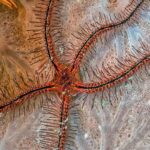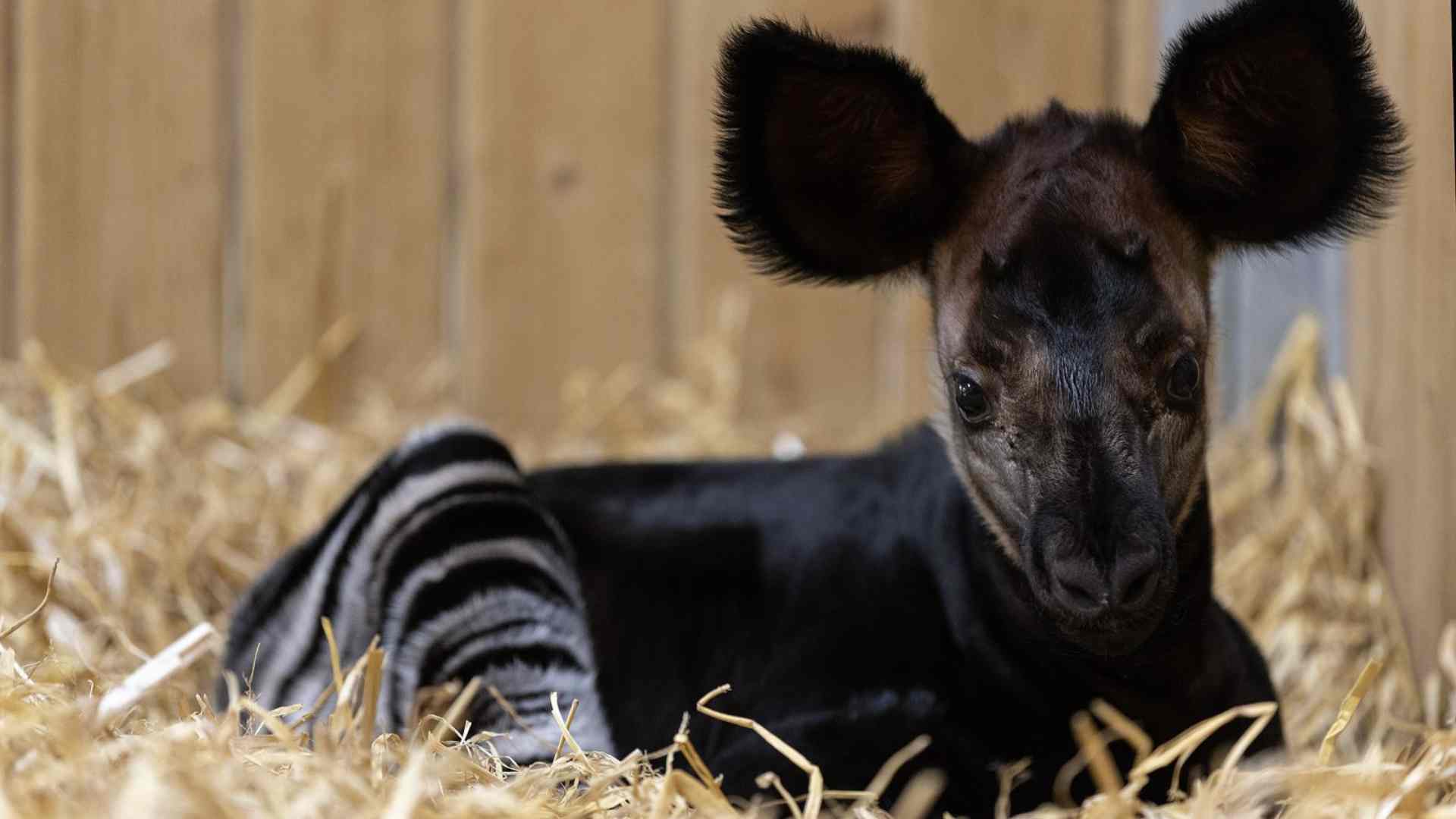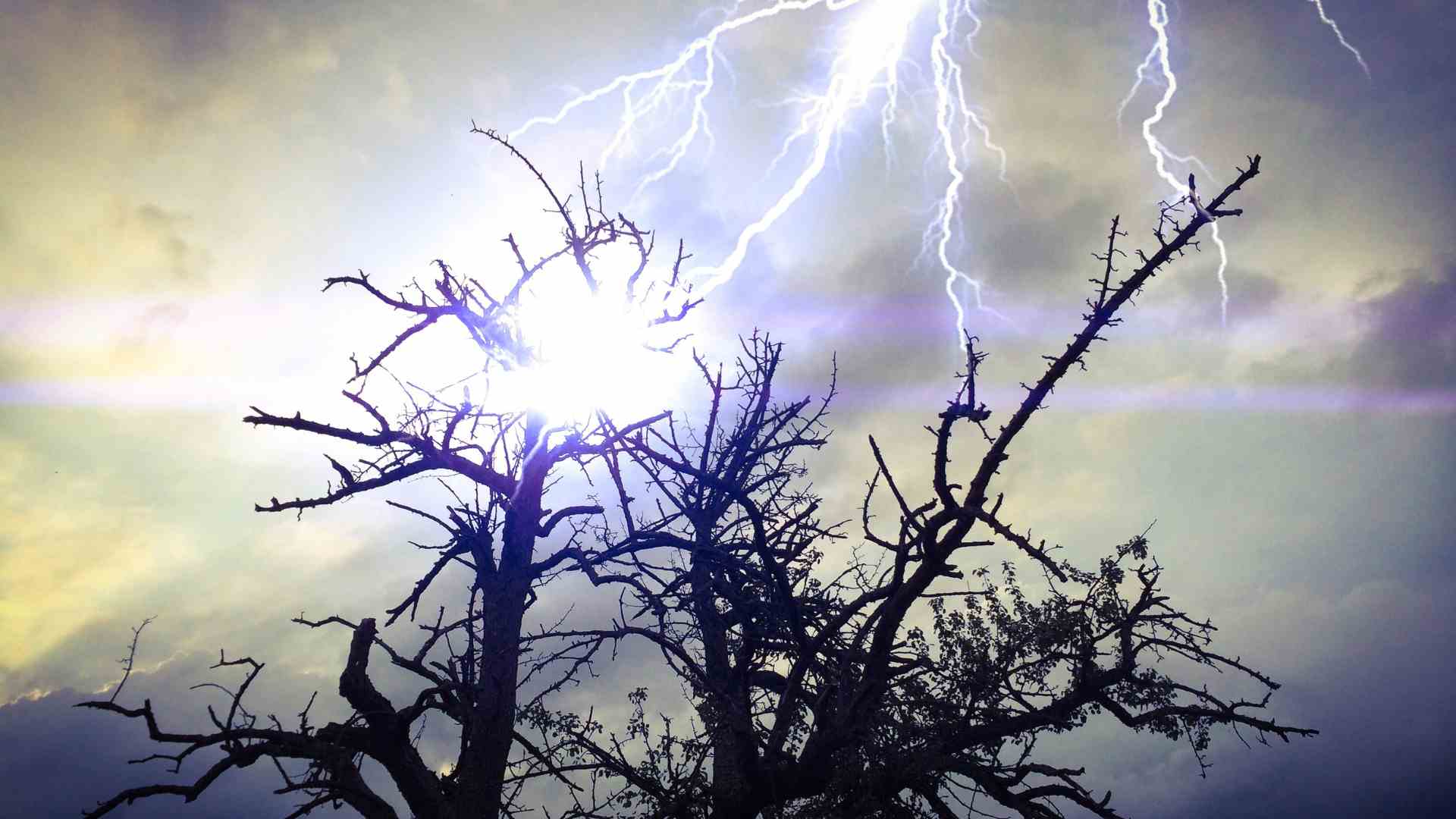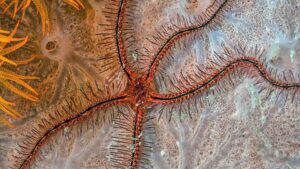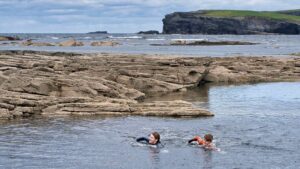
Ancient Sea Creatures Reveal Hidden Ocean Connections

A major international study has revealed that deep-sea marine life is far more globally connected than previously believed, with species linking ecosystems from the North Atlantic to the South Pacific — including waters off Ireland.
Published today in Nature, the research is the most comprehensive study of its kind and sheds new light on the global distribution and evolution of brittle stars — ancient, spiny sea creatures found on the seafloor from the poles to the equator and from shallow waters to the abyss.
Led by Museums Victoria Research Institute in Australia, the study analysed DNA from nearly 2,700 brittle star specimens collected on 332 research voyages over recent decades. The specimens were housed in 48 natural history museums worldwide, including contributions from European and Irish collections.
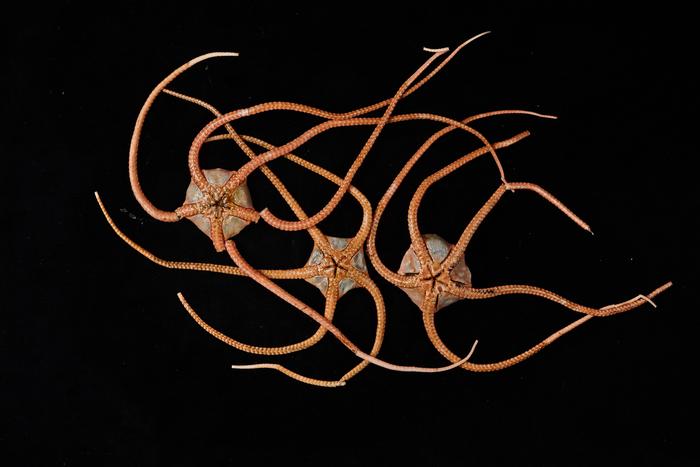
The findings show that brittle stars have quietly migrated across entire oceans over tens of millions of years. Unlike marine life in shallower waters, deep-sea creatures are not confined by temperature gradients. Their larvae are capable of surviving for long periods in cold, stable deep-sea environments, allowing them to drift across vast distances on deep ocean currents.
Dr Tim O’Hara, lead author and marine invertebrates curator at Museums Victoria, said the research overturns the long-held assumption that deep-sea ecosystems are isolated and insular.
“You might think of the deep sea as remote and cut off, but for many animals on the seafloor, it’s actually a connected superhighway,” he said. “Over long timescales, deep-sea species have expanded their ranges by thousands of kilometres. This connectivity is a global phenomenon that’s gone unnoticed, until now.”
The research shows striking evolutionary links between brittle star species living off southern Australia and those in the North Atlantic, including near Ireland. However, the authors stress that despite this connectivity, the deep sea remains a patchwork of biodiversity shaped by extinction events, ocean geography and environmental changes.
The study also warns of growing threats to these fragile ecosystems, including the risk posed by deep-sea mining and climate change. Understanding how species move and evolve in the deep sea is essential to protecting marine biodiversity, the authors argue.
“This is science on a global scale,” said Lynley Crosswell, CEO of Museums Victoria. “It demonstrates the power of international collaboration and the enduring scientific value of museum collections in helping us understand the history of life on Earth.”
The project involved over 40 partner institutions including marine research agencies, universities and national museums, with support from Australia’s CSIRO Marine National Facility.
Share this WeathÉire story:



